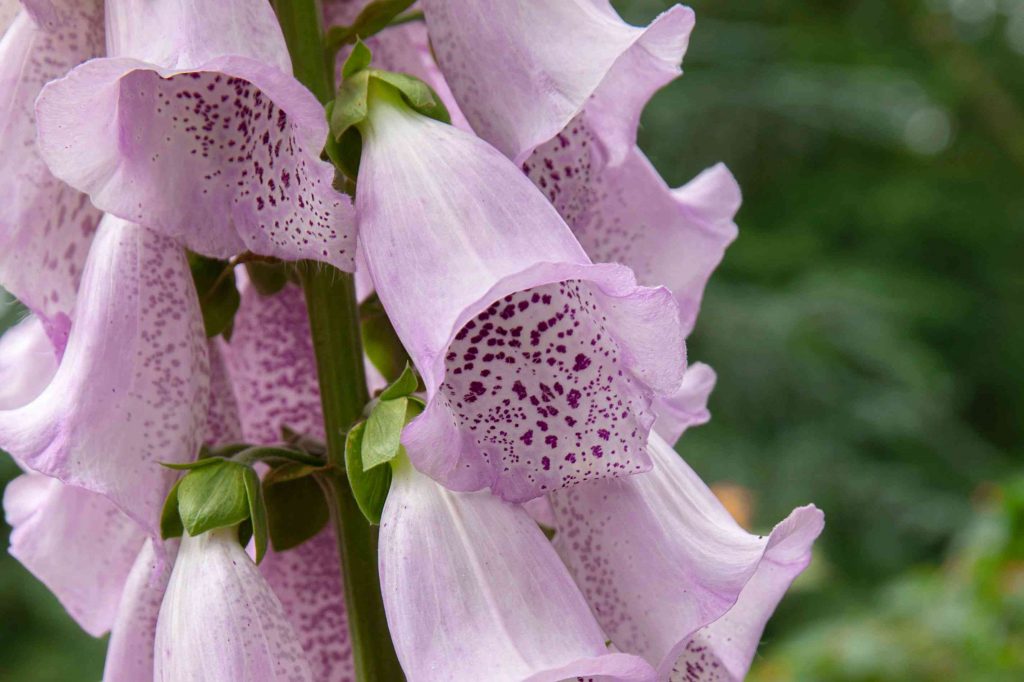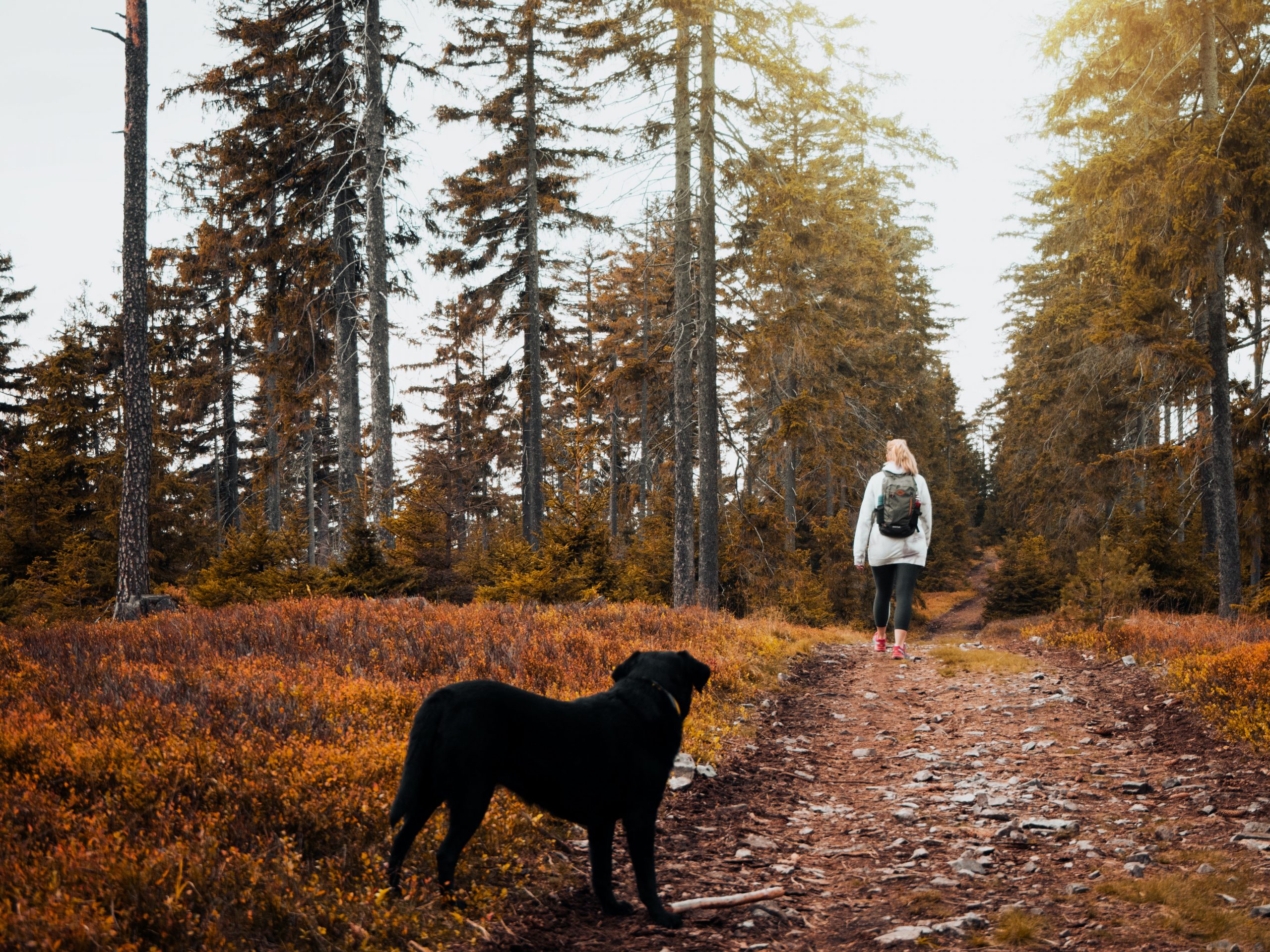Did you know that there are potentially hazardous plants within your garden and the great outdoors that can do harm to your fluffy companions?
As a pet owner, we all want to ensure that our animals are safe and healthy, which is why we have made this guide to help you to identify the plants that you should make sure your pet stays away from.
Lily of the Valley

This flower is a popular garden favourite but it is extremely toxic to both cats and dogs. If you suspect that these beautiful flowers are growing in your garden – watch out for the following symptoms:
- Vomiting
- Diarrhoea
- Decreased heart rate
- Seizures
Foxglove

Foxglove is a popular plant that grows wildly in gardens, but again can be toxic to cats and dogs. If your pet shows signs of any of the following, contact a vet immediately:
- Vomiting
- Diarrhoea
- Lethargy
- Tremors
Rhubarb

Whilst it may seem perfectly safe on the surface, consumption of this plant can lead to rhubarb leaf poisoning which shows in the following symptoms:
- Vomiting
- Diarrhea
- Lethargy
- Decreased appetite.
Daffodils

We all associate daffodils with spring, and we all enjoy looking at these bright vibrant flowers. However, these pretty plants can lead to catastrophe for your beloved animal – in the form of:
- Vomiting
- Diarrhoea
- Gastrointestinal symptoms
- Respiratory and cardiac issues in extreme cases
Bluebells

Bluebells are a common flower often found within the woodland but can be toxic to your pets if digested. This can result in the following symptoms:
- Vomiting
- Diarrhoea
- Gastrointestinal issues
- Heart and breathing problems in extreme cases
Prevention is Key
Prevention is the key to keeping your pets safe so be sure to research any plants that you bring into your home or garden.
By supervising your animals when outside and ensuring that they are not eating any plants on our list, you may be saving your animals’ lives, ensuring that they stay healthy and save yourself a costly trip to the vets.
Other prevention methods include:
- Keeping any known toxic plants out of reach
- Visiting the toxic plants for cats or toxic plants for dogs website to learn more about additional life-threatening vegetation to avoid
If you suspect that your pet has ingested a poisonous plant, please contact your vet immediately.
Other plants which could be hazardous to your pet
This list is by no means exhaustive, and we would encourage you to do further research to ensure your pet stays safe this summer.
Some additional flowers to watch out for are listed below:
- Foxglove
- Lily
- Crocus Autumn
- Fritillaries
- Peonies
- Begonias
- Carnations
- Buttercups
Additional Resources:
Symptoms of dog poisoning: https://www.akc.org/expert-advice/health/the-common-signs-and-symptoms-of-poisoning-in-dogs/
Symptoms of cat poisoning: https://www.cats.org.uk/help-and-advice/home-and-environment/poisoning
List of toxic plants for cats – https://www.cats.org.uk/media/12932/outdoor-plants-may-2023.pdf
List of toxic plants for dogs – https://www.petmd.com/dog/emergency/poisoning-toxicity/e_dg_poisonous_plants

